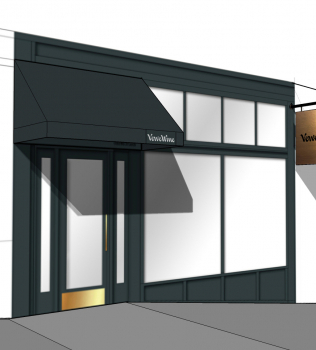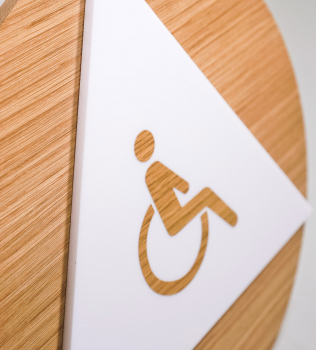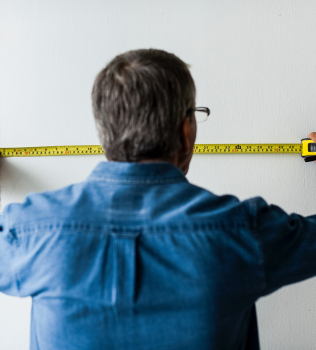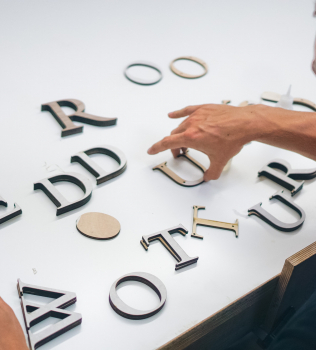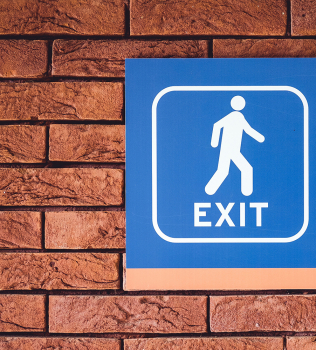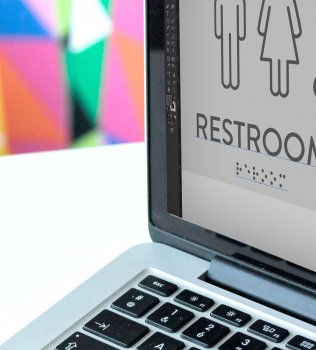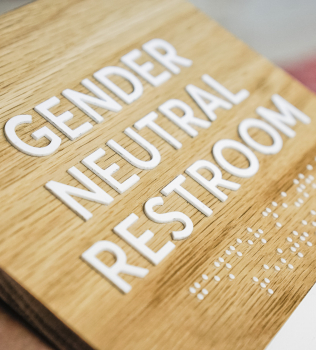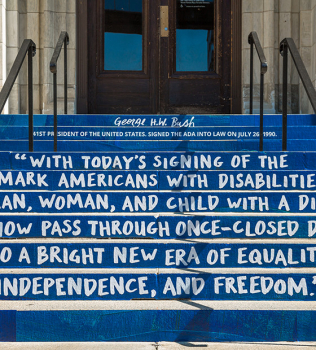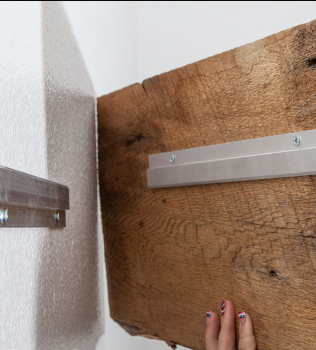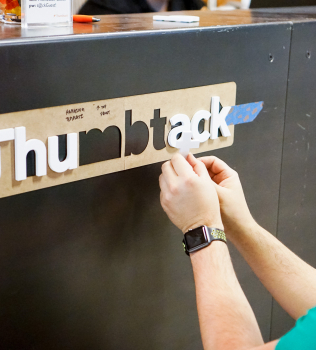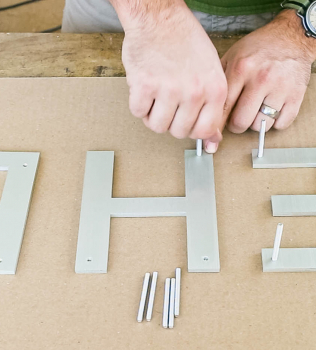It’s no longer work as usual. Returning to work following a pandemic is concerning and scary. Here's how a few changes around the office can help safely transition your team from Zoom back to the [...]
Brass signs are true Insta bait—but designing one can be tricky. Not to worry: follow these 5 rules and you’re on your way to mastering that chic, retro look.
Unlike other states, California requires two signs for restrooms. Follow the three steps below to ensure that your signs pass inspections—and blend in seamlessly with your interior.
Signs installed with adhesive may seem impossible to remove. The good news is that it's easier than you think with the right knowledge and tools.
This type of sign is ready to go, right out of the box. There is visible wiring, and is easy for anyone to install.
Hooray—you've moved into a new space! Now you're faced with a new challenge: nobody knows where things are, and the temporary post-its just aren't cutting it.
Great work! You’re now on your last and final step – displaying your ADA signage. Follow these illustrations to avoid making easy mistakes.
Consider this the Cliffs Notes of rules for ADA compliant text. (Don’t worry, we won’t tell.)
We'll show you where you need to stick to ADA standards—and where you can get creative.
Learn how to add Braille to your signage with this easy, foolproof method.
Overwhelmed by all the Braille requirements? Don't be. Follow these 5 tips to make sure your custom signs pass inspections with a breeze.
For decades, people with disabilities fought for equal access in the United States. Here's a quick journey from where we started to where we are now.
A wall cleat, also known as a French cleat, is a way of securing a large sign to a wall. There’s two parts to the cleat: one half that’s mounted to the wall, and the other half with a matching [...]
Adhesive is the fastest and simplest way to install a sign. This is ideal for smaller or thinner signs, and works great on glass and tile.
This type of sign is permanently wired into the wall, with no visible cords. This installation requires a licensed electrician.
This type of sign installation includes gently pressing the posts (studs) on the back of your sign straight into the wall.

